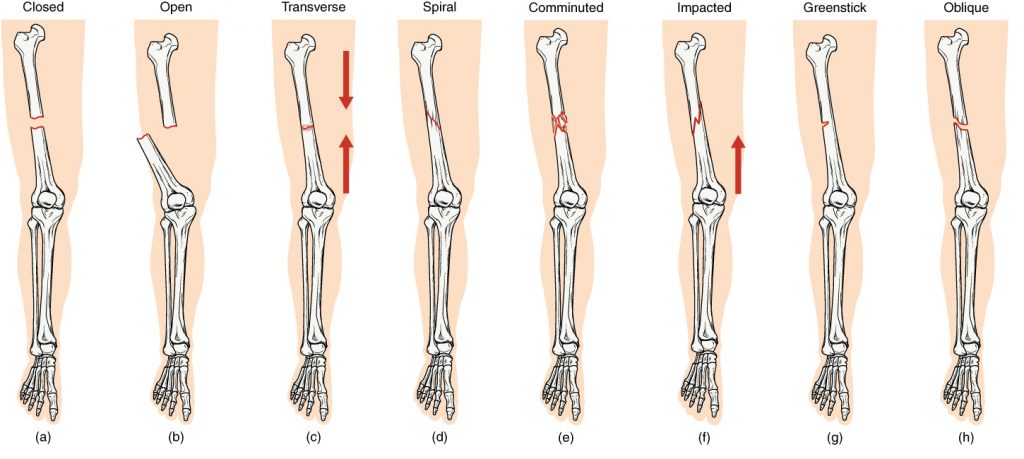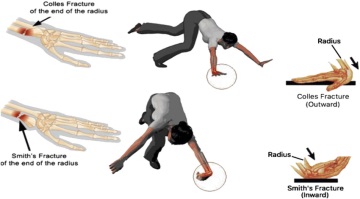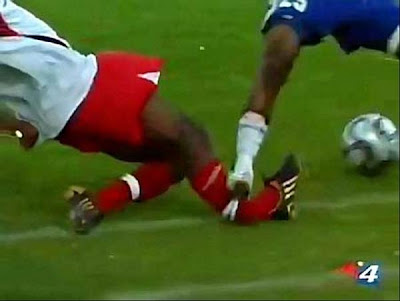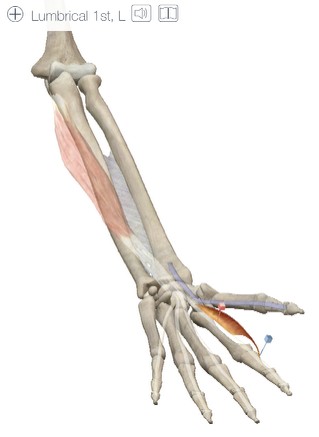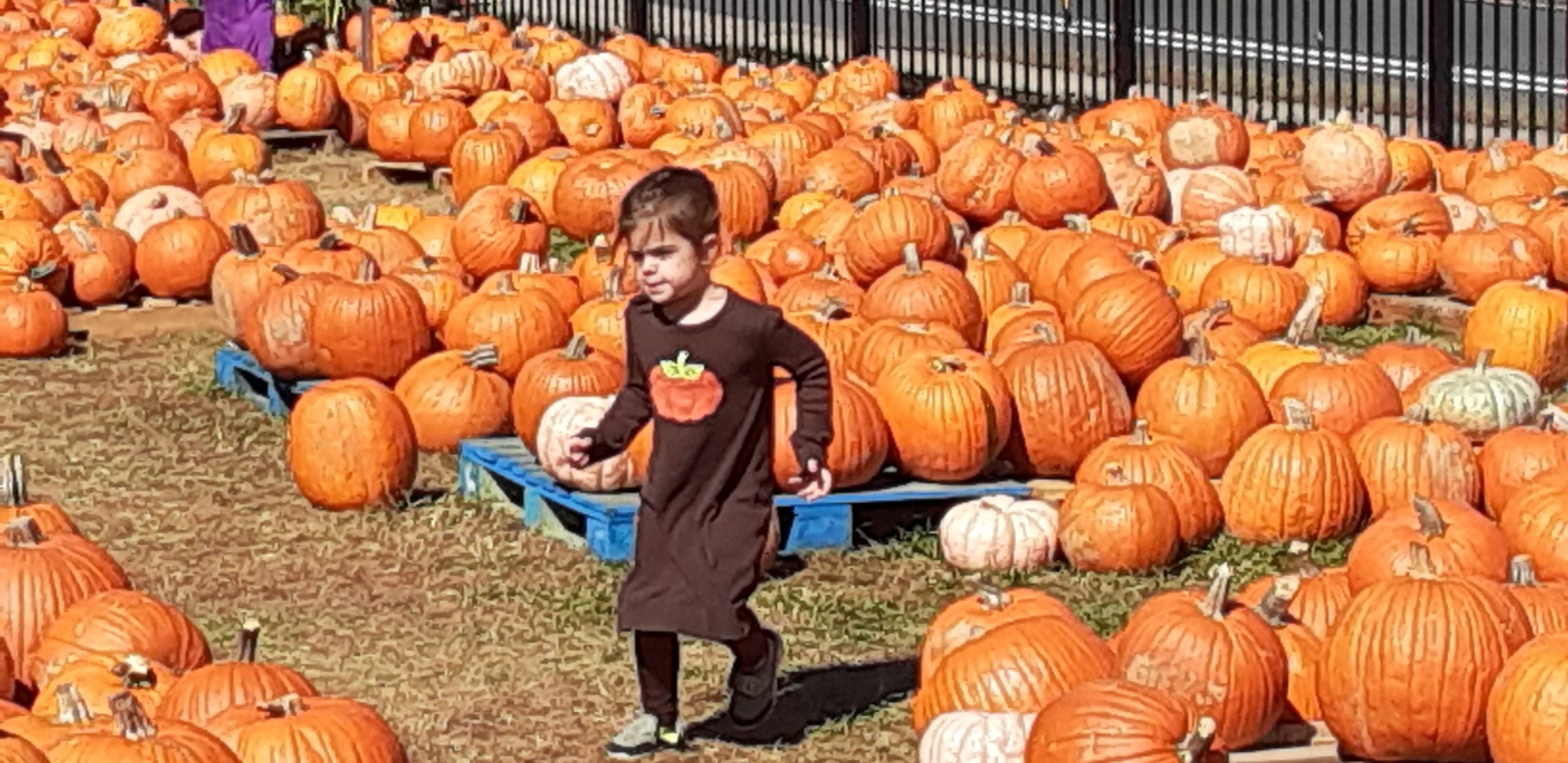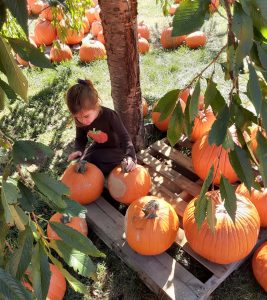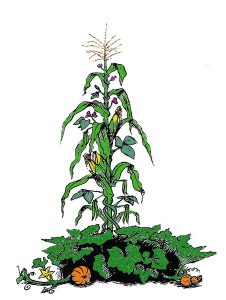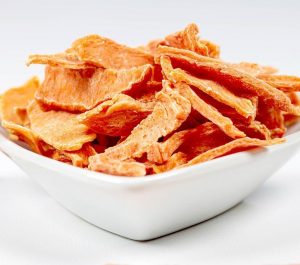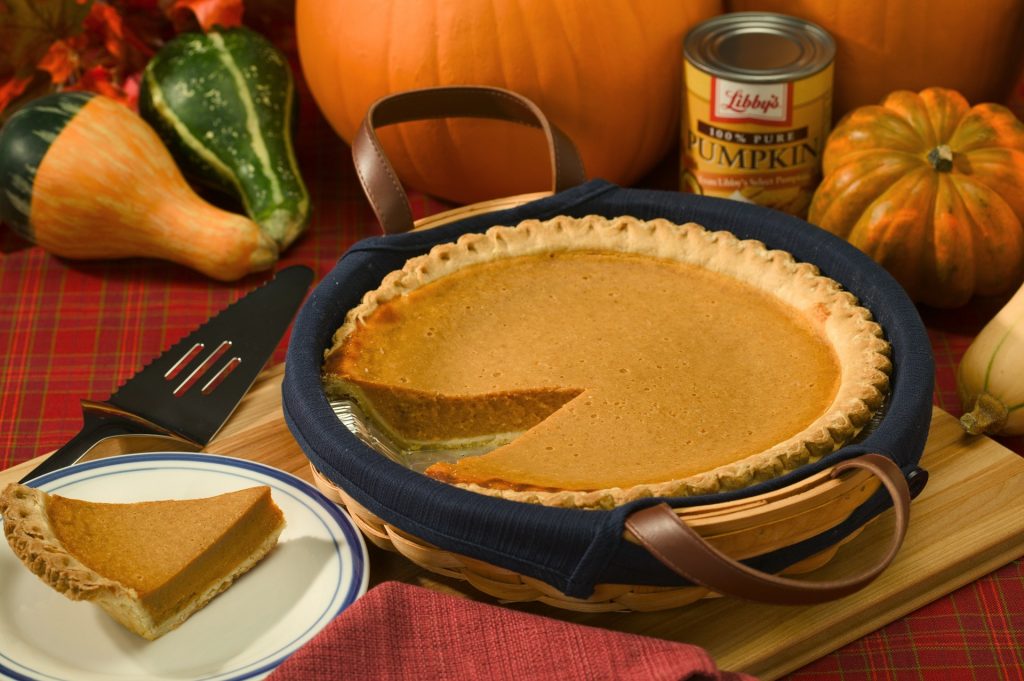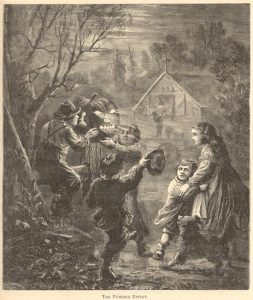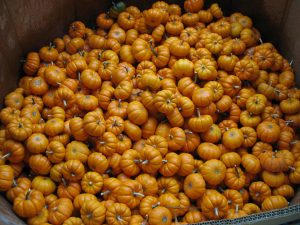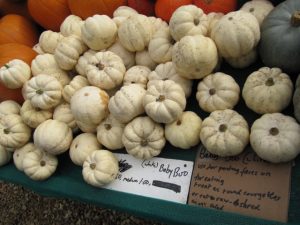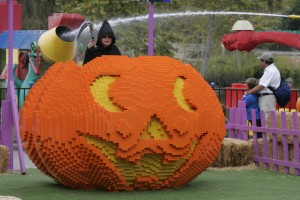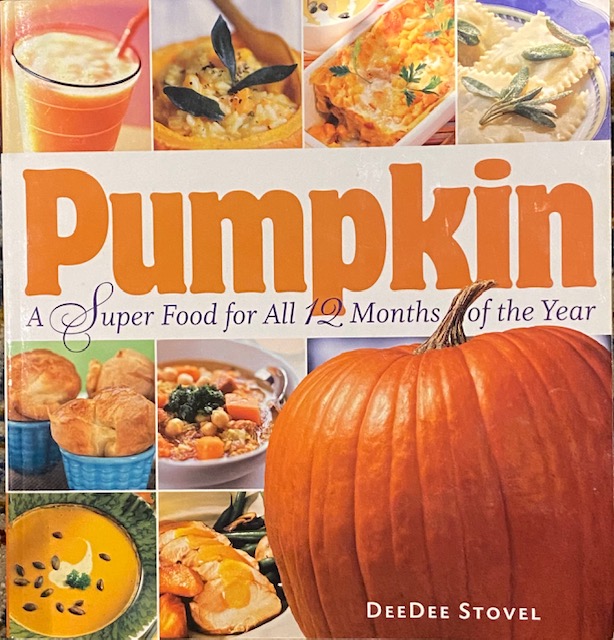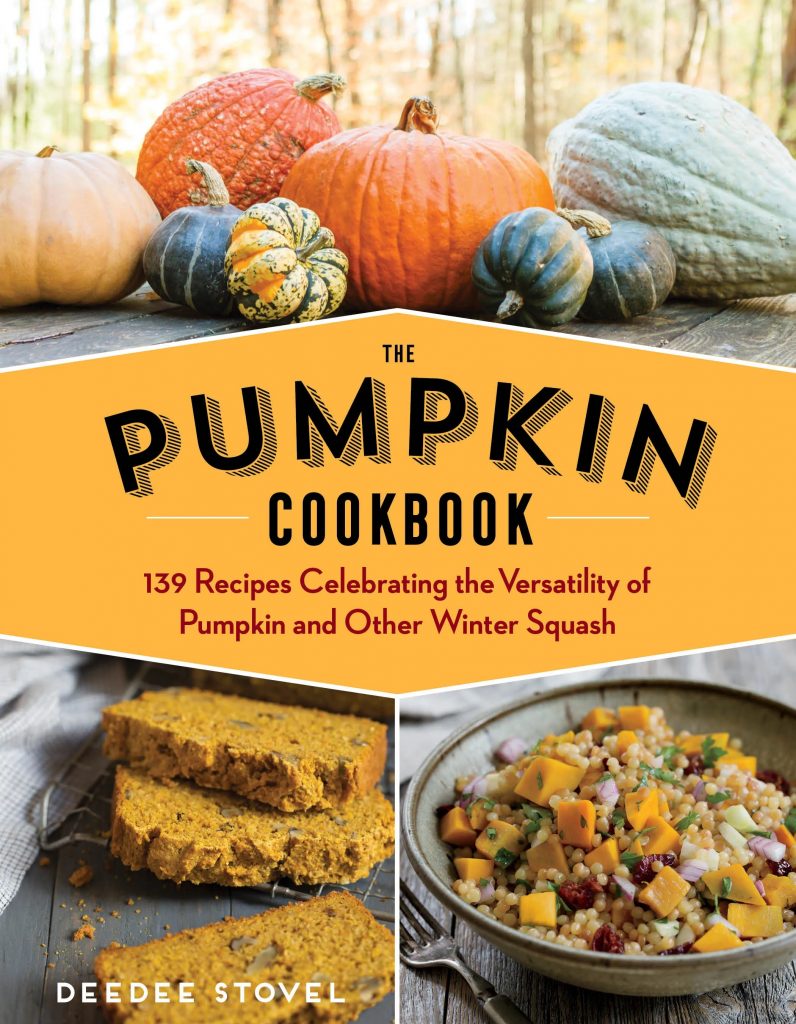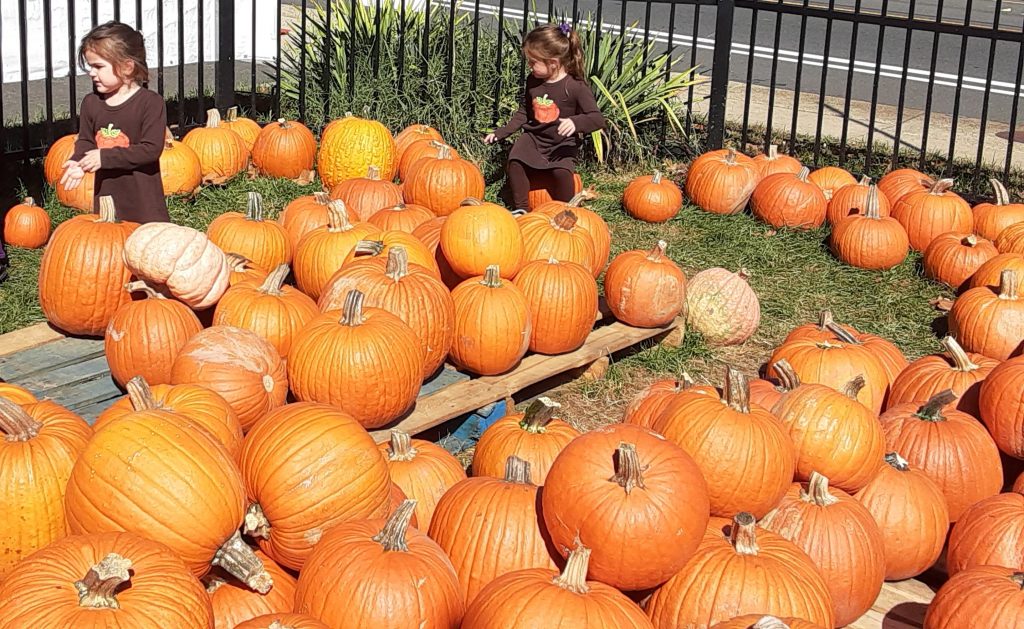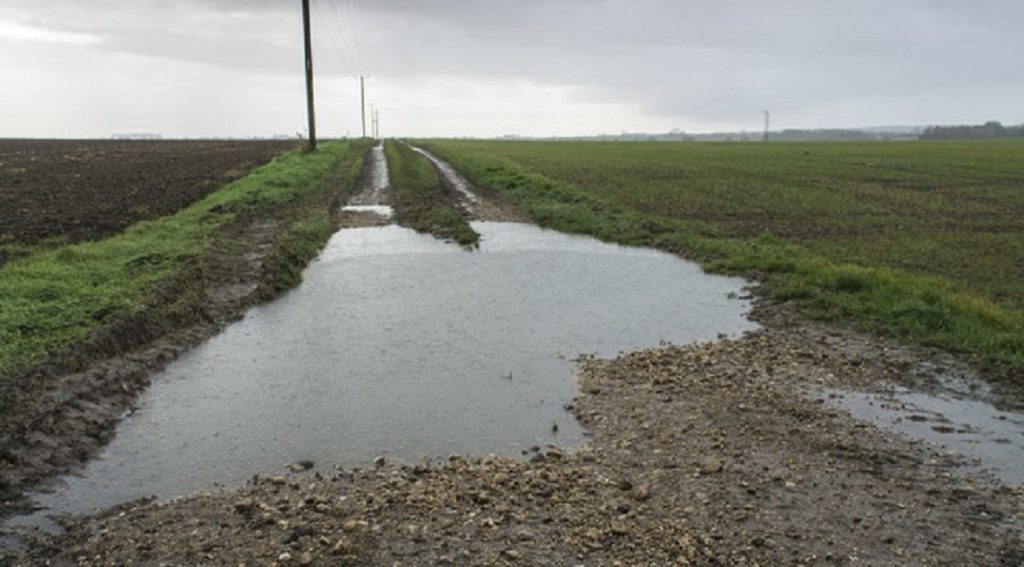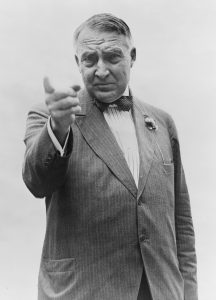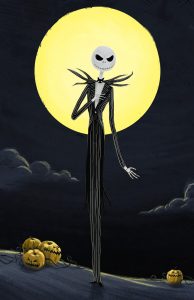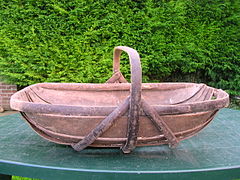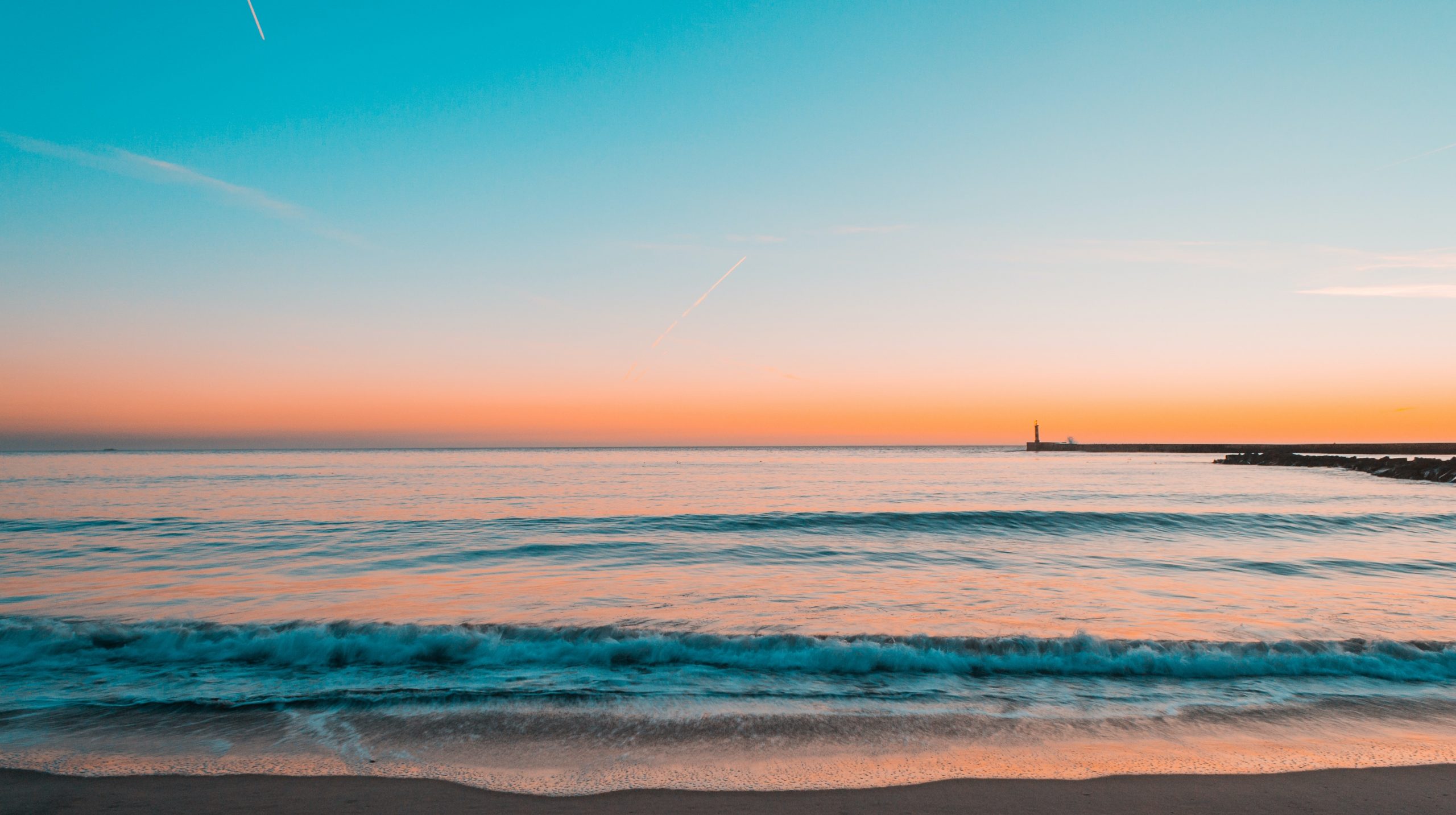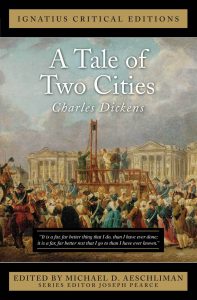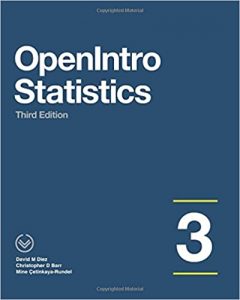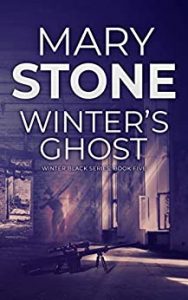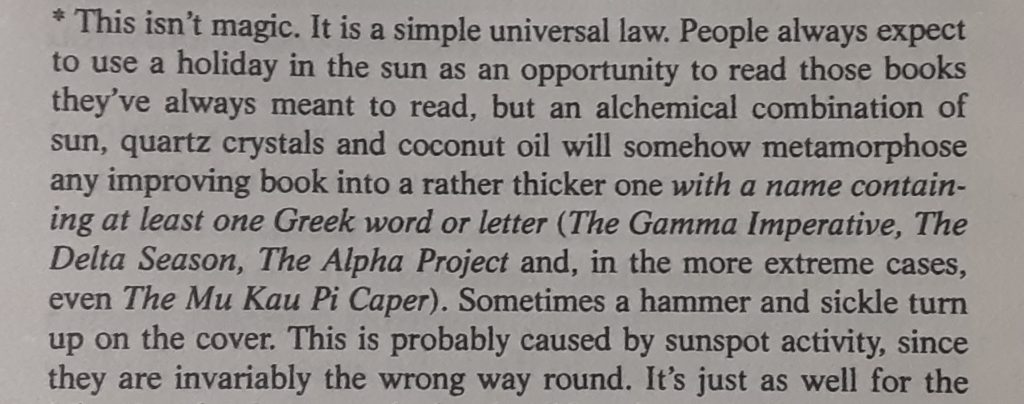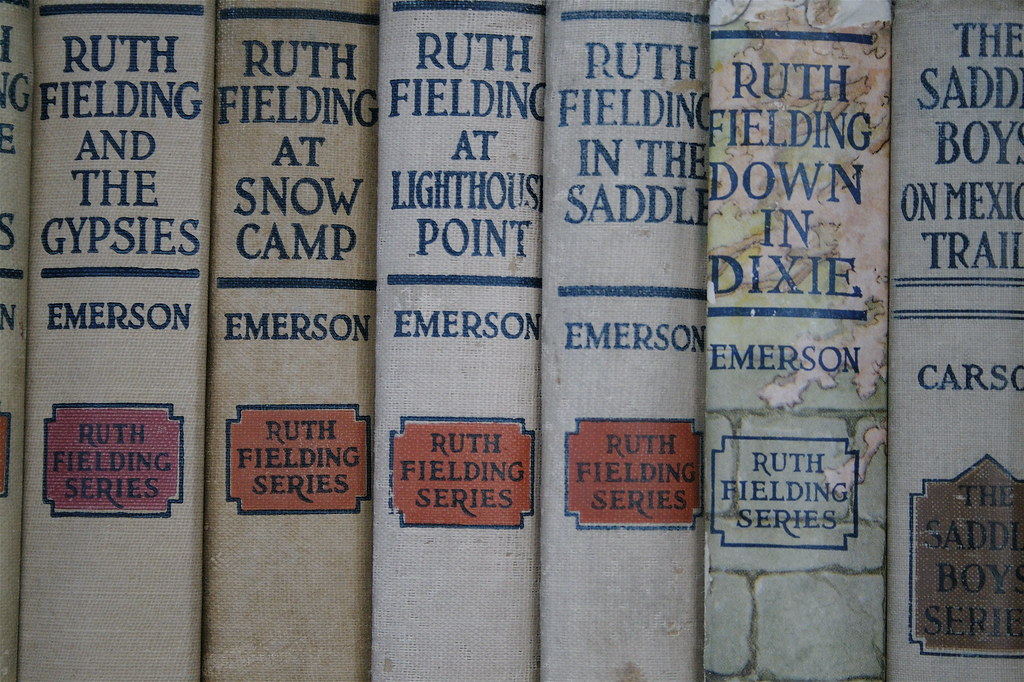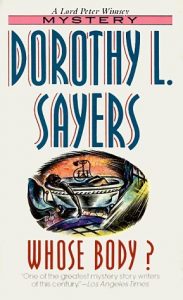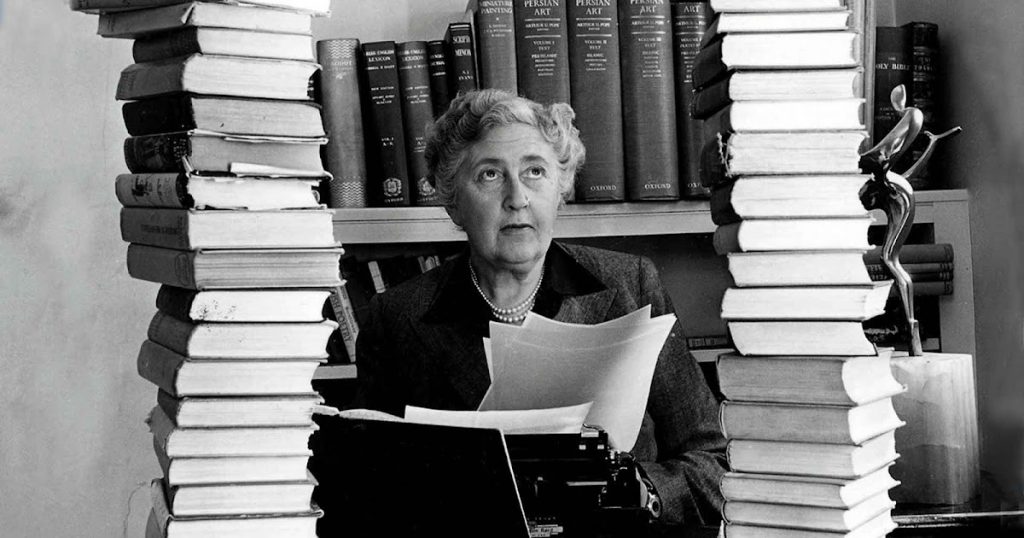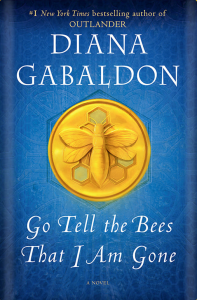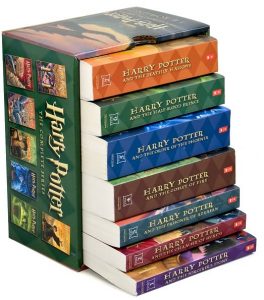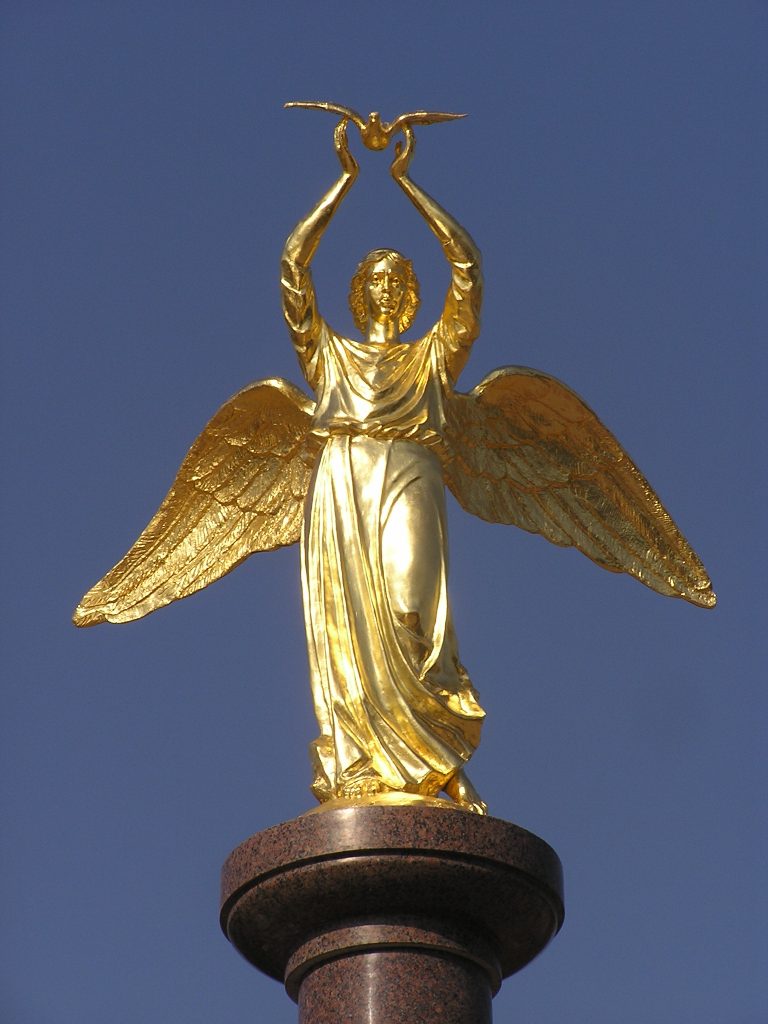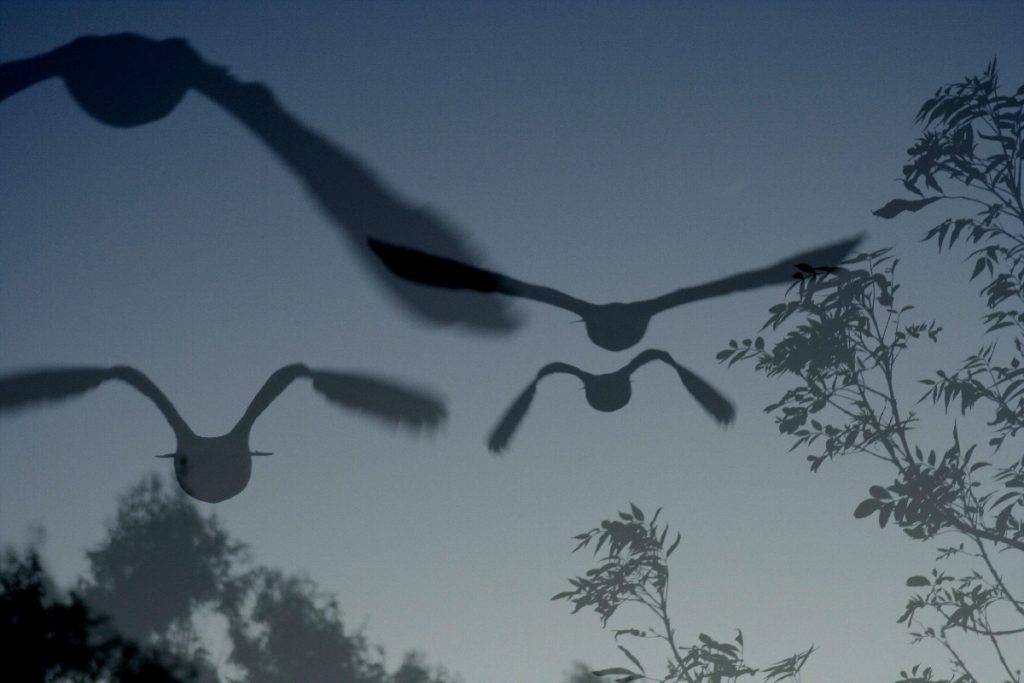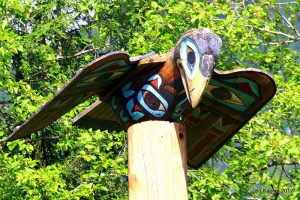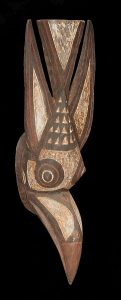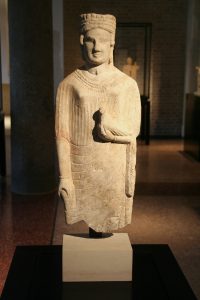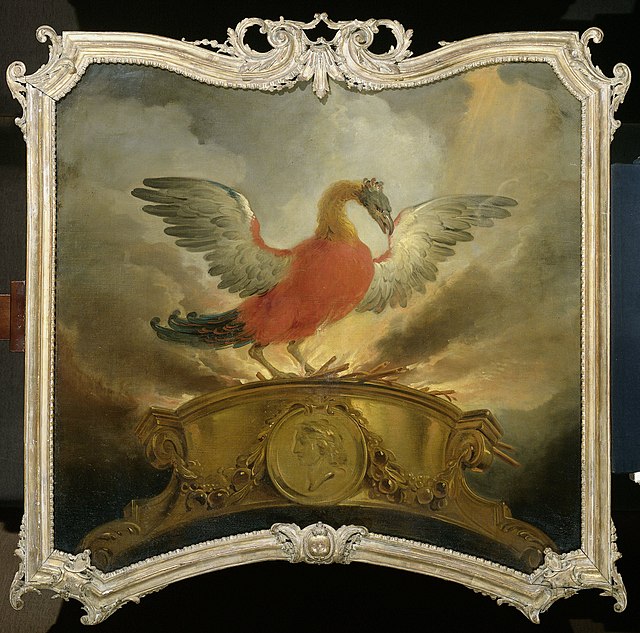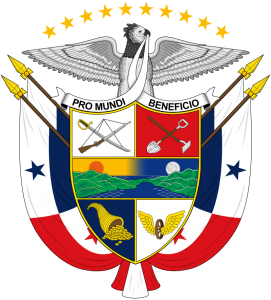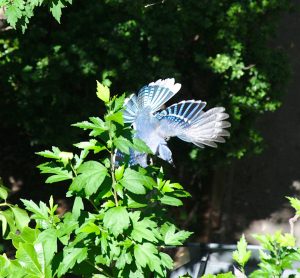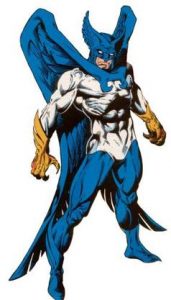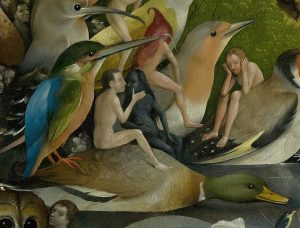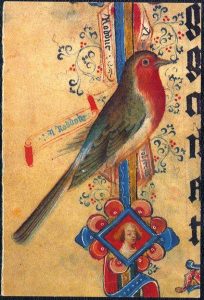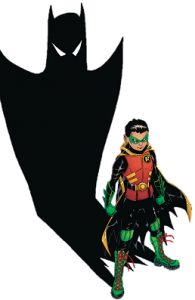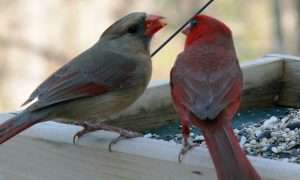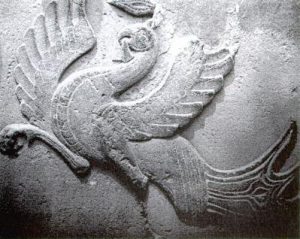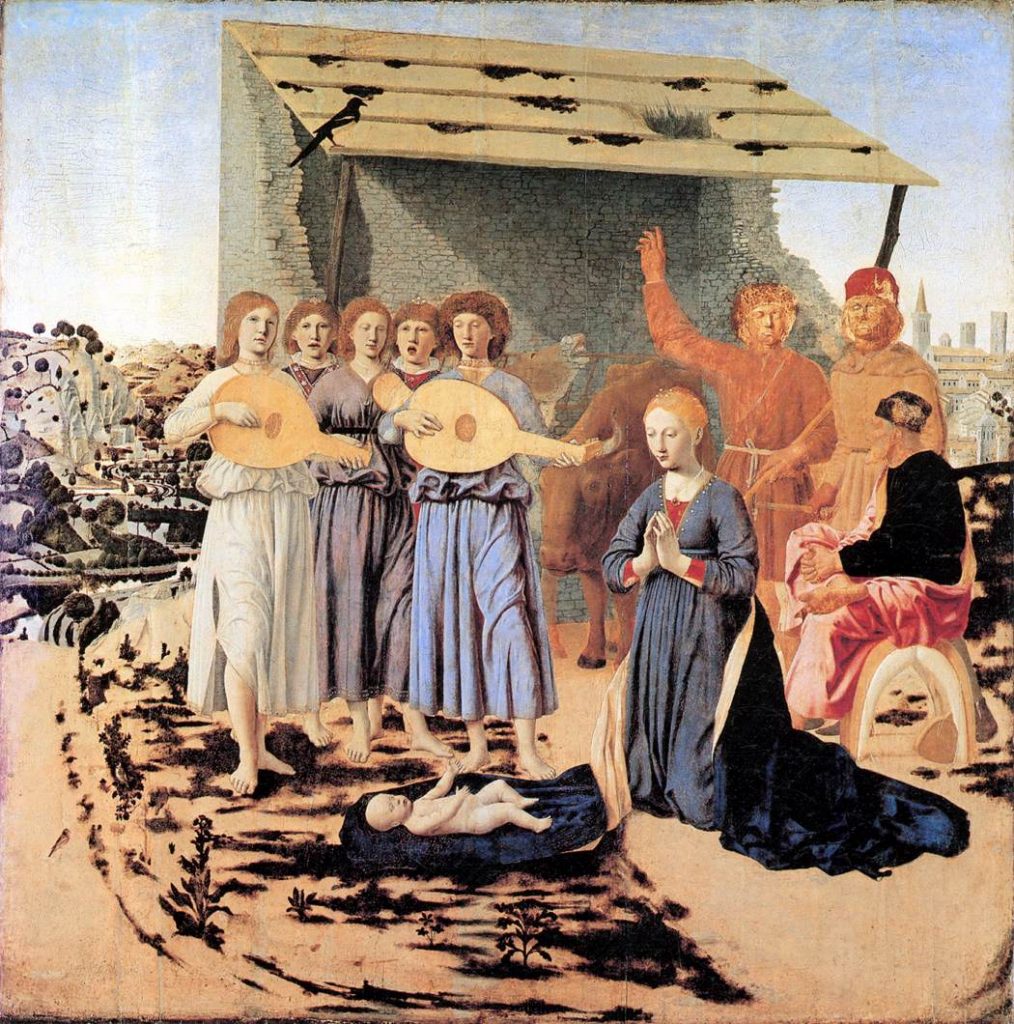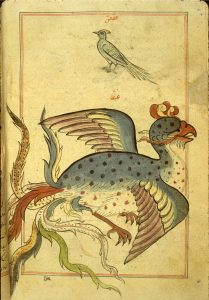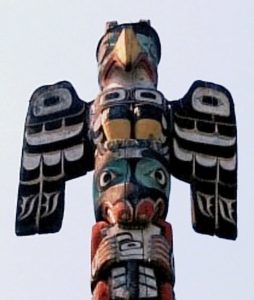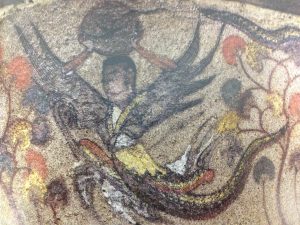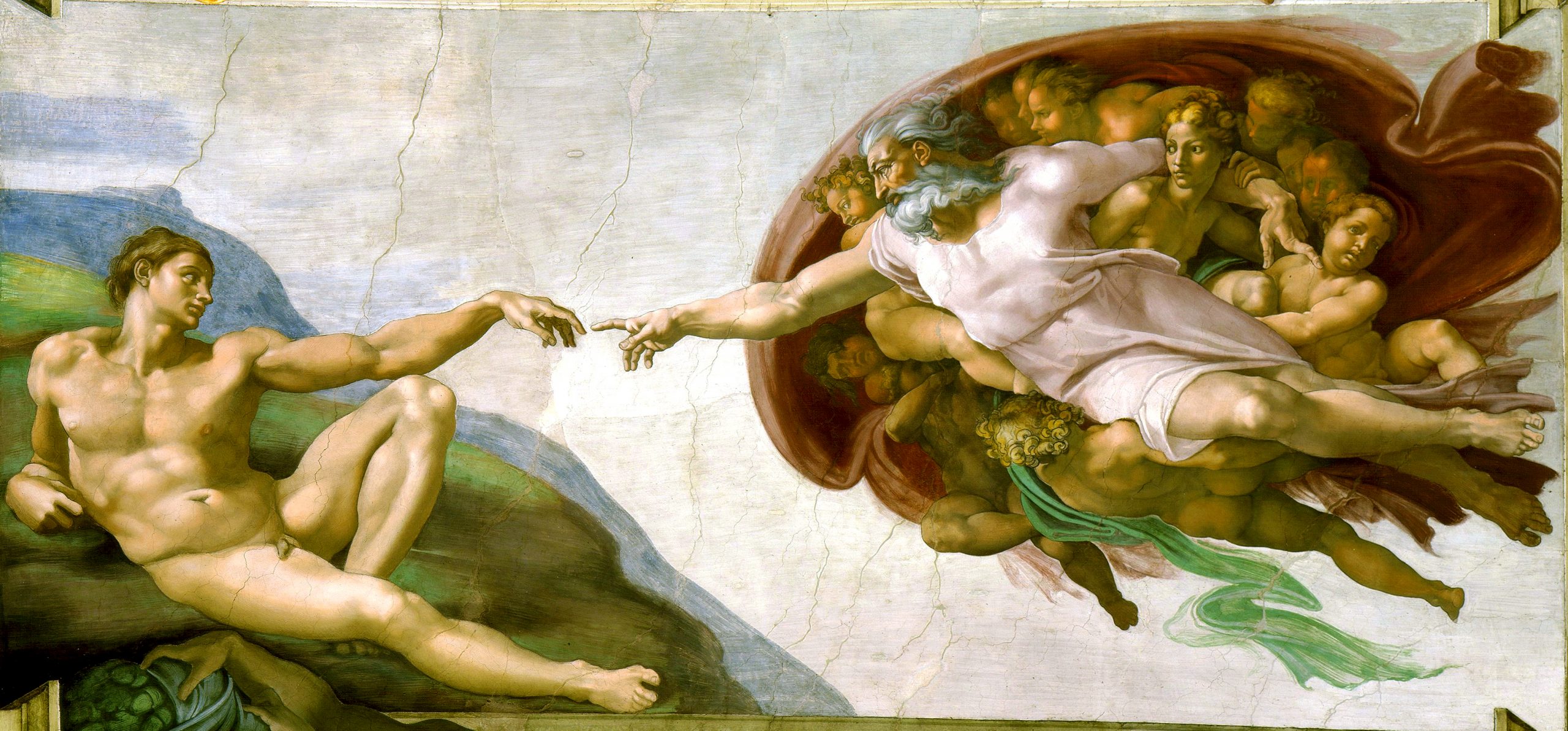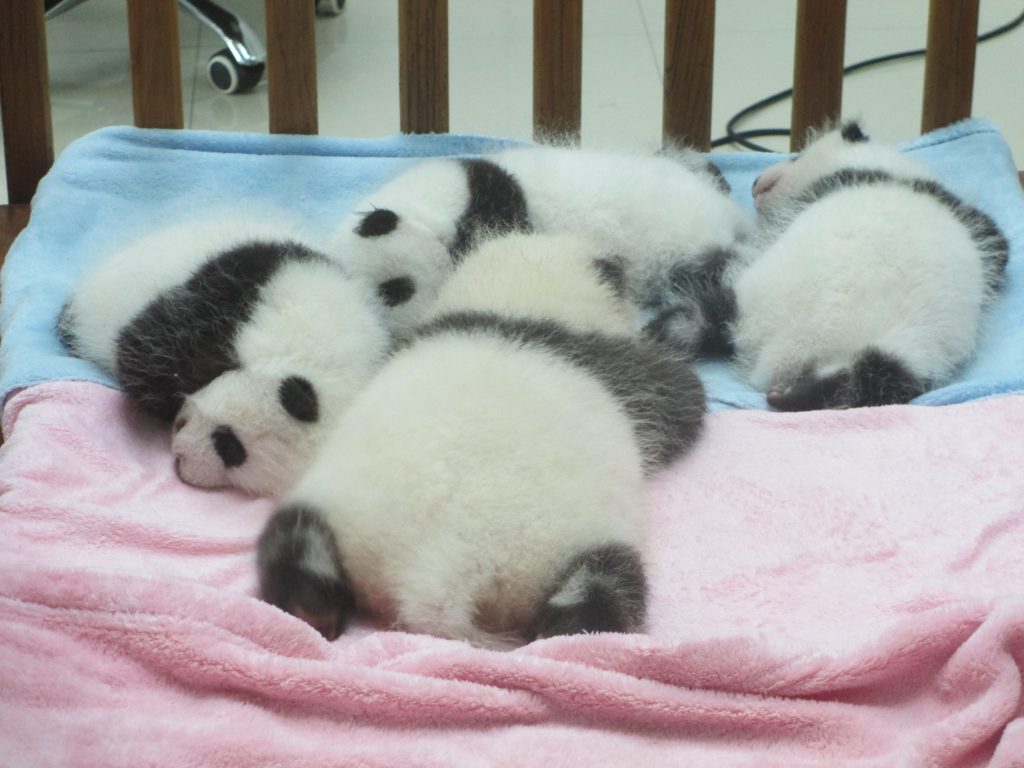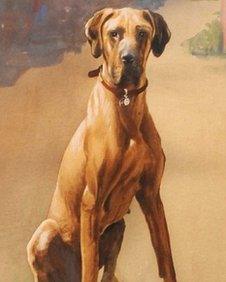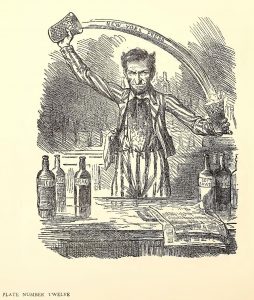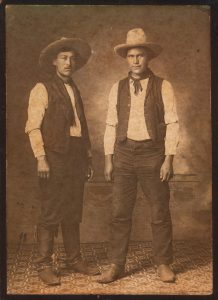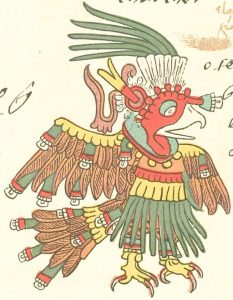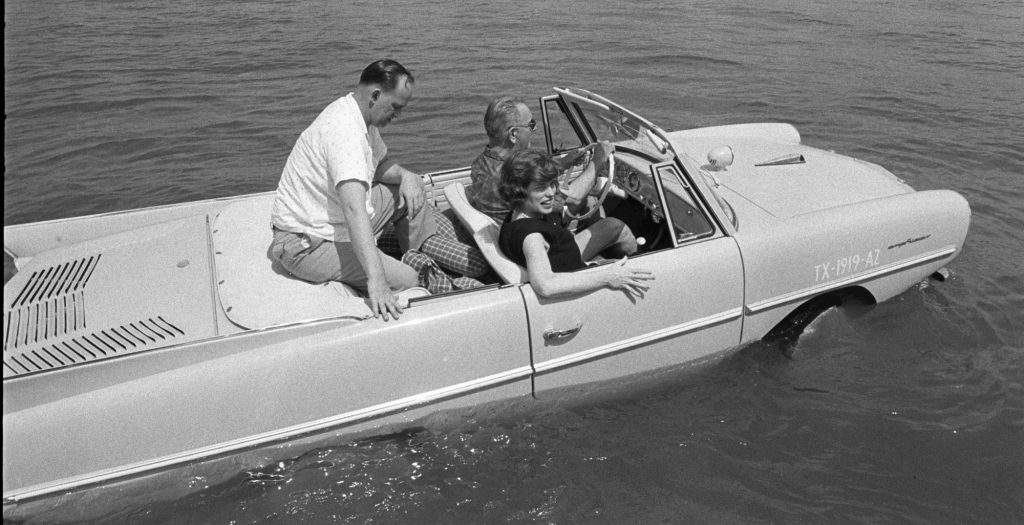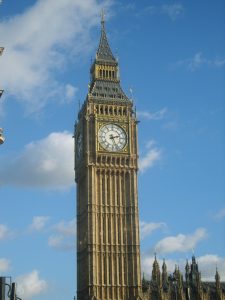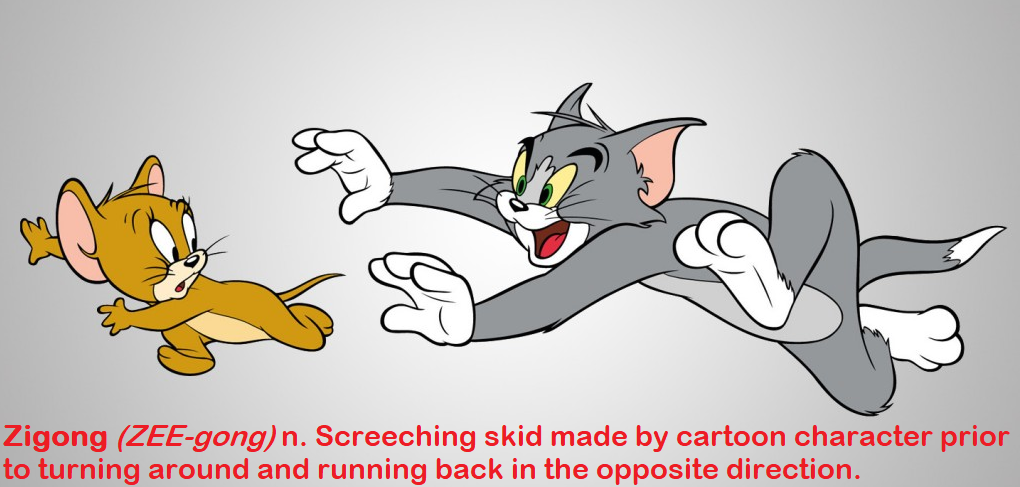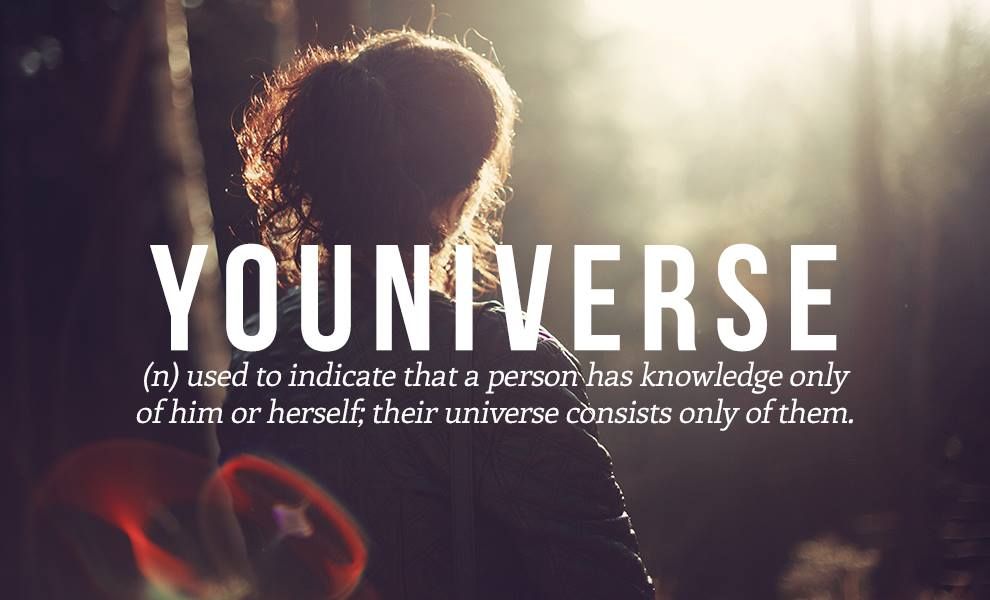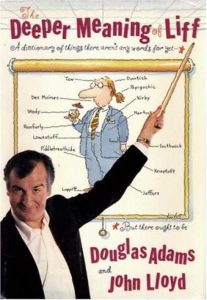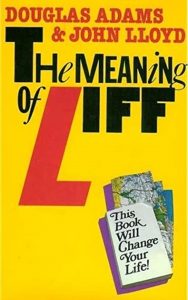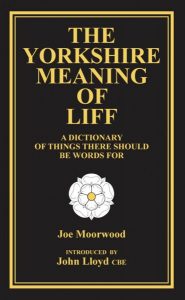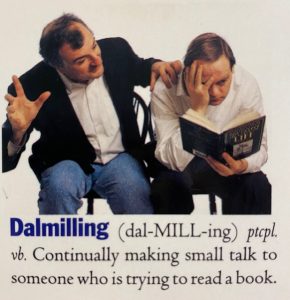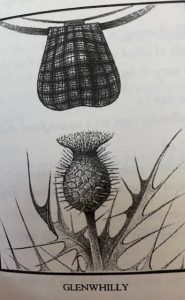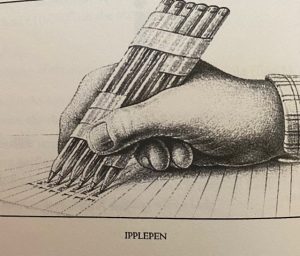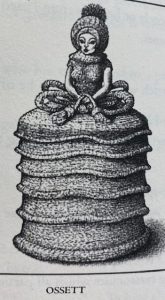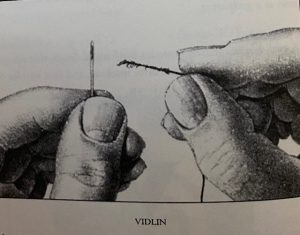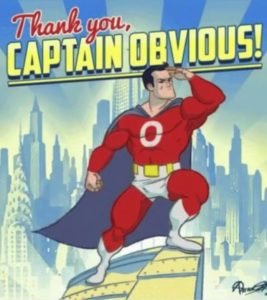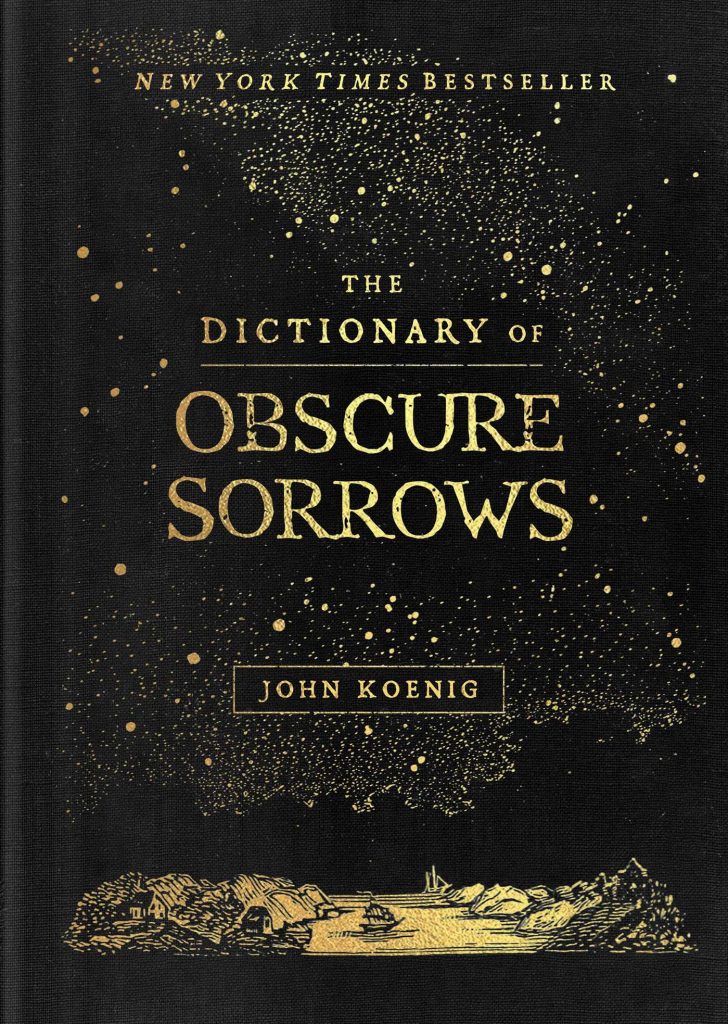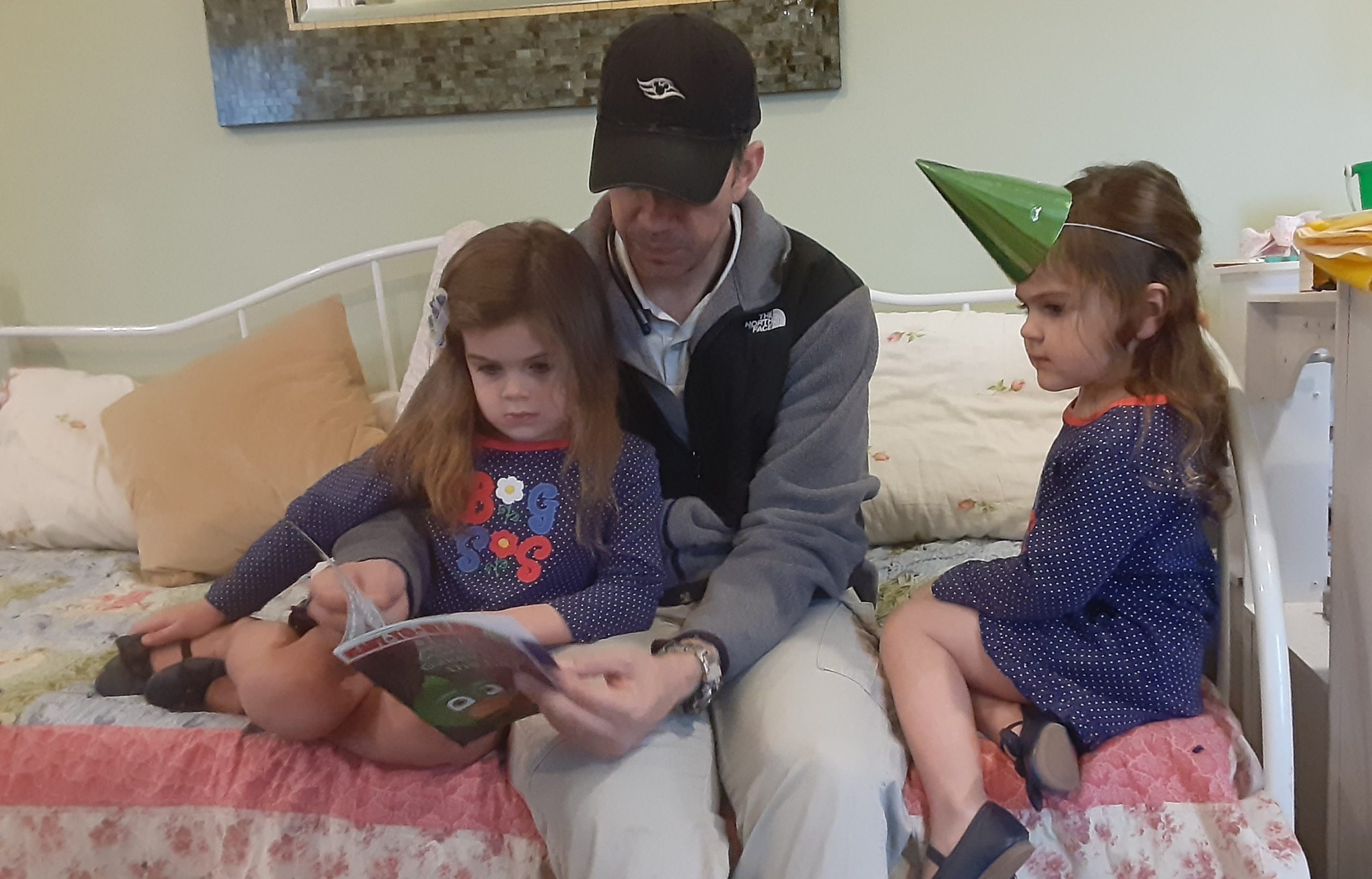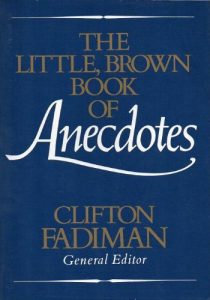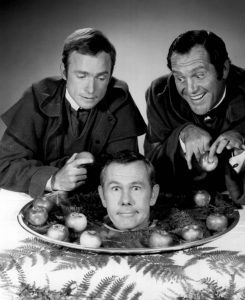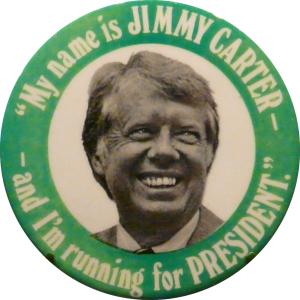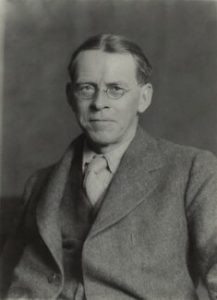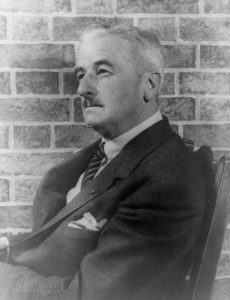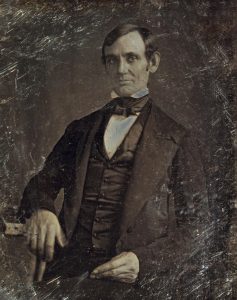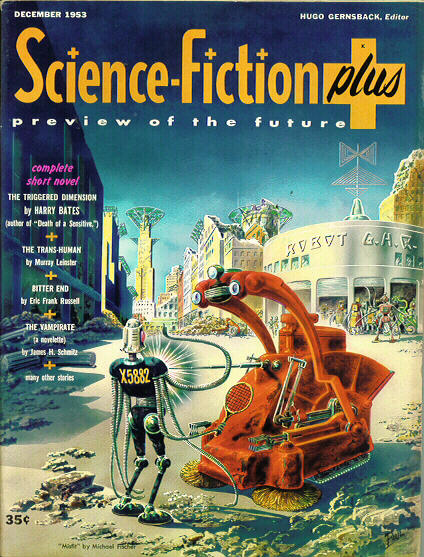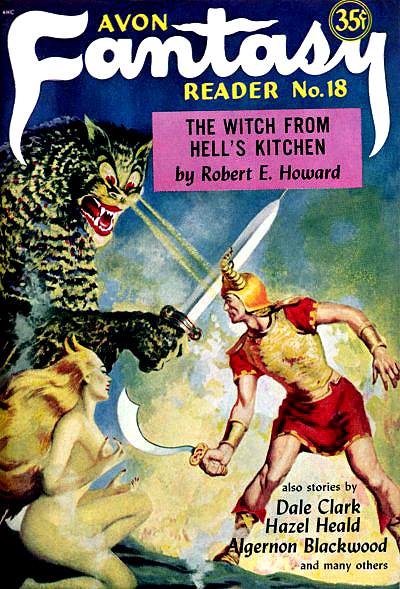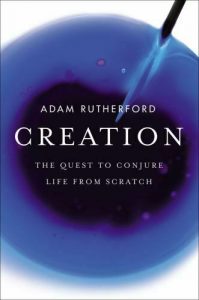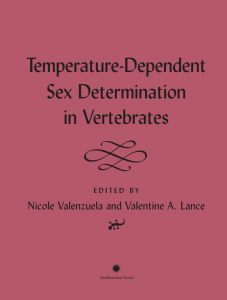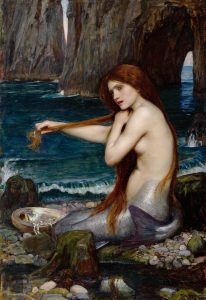I can’t help it: every October my thoughts turn to bones. Bones—especially skulls and skeletons—are sort of my thing. Athletics, not so much.
Still, I have it on the best authority—an authority, anyway—that October is the best month for sports, too. Sammy Sucu (bleacherreport.com) ranks October #1 for sports fans.
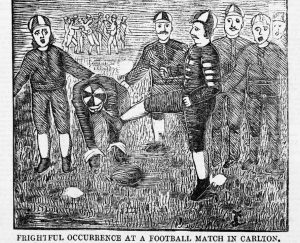
- World Series and MLB playoffs
- NBA and NHL seasons begin
- NFL is in full swing
- College basketball begins
- College football rivalry matches
- Soccer and their rivalry matches
Clearly, this is a biased list. There are roughly 200 sports that are internationally recognized, and besides those listed above, dozens of them are played in October: ice skating, rugby, weight lifting, cricket, badminton/table tennis, sailing, tennis, beach volleyball, chess, karate, golf, various motor sports, swimming, field hockey, skiing, and gymnastics, among others. Plus, October is National Roller Skating Month!
Put them together, and October might also be the month with the most broken bones.
Most Breakable Sports—Where Broken Bones are Common
Bones that are most commonly fractured during sports are in the wrist, hand, ankle, foot, and collarbone. (FYI, in talking about bones, a break is the same as a fracture.)
Stress fractures are most commonly seen in athletes whose sports require repetitive movements such as marathon runners. I know a woman who developed stress fractures in her ankle while training for a marathon but decided to run anyway. She ran 26.2 miles on a fractured ankle, in a tremendous amount of pain.
Inline skating had the greatest risk for impact fractures. This is according to one study across various sports (https://www.ncbi.nlm.nih.gov/pmc/articles/PMC7040946/).
A fracture occurred in 20.6% of the emergency department visits for sports-related injuries.
Most of the fractures occurred in football players (22.5%).
The OR (odds ratios) for fracture was highest for inline skating (OR, 6.03), males (OR, 1.21), Asians, whites, and Amerindians (OR, 1.46, 1.25, and 1.18, respectively), and those older than 84 years (OR, 4.77).
Fractures are most common in contact sports such as basketball, rugby, and football. The most commonly fractured bones in contact sports are the hands, wrist, collarbone, ankle, feet, and the long bones of the lower extremities. Overall, contact sport athletes have a high risk of fractures in ankles and feet because they get into vulnerable positions while playing.
Among High School athletes, the highest rate of fractures was in football (4.61 per 10 000 athlete exposures) and the lowest in volleyball (0.52). Boys were more likely than girls to sustain fractures in basketball and soccer.
Most fractures heal in 6-8 weeks, but this varies tremendously from bone to bone and in each person. Hand and wrist fractures often heal in 4-6 weeks whereas a tibia fracture may take 20 weeks or more.
But broken bones aren’t the biggest risk. I’m surprised that the top 7 most frequent sports injuries seldom involve bone fractures.
- Knee Injury. About 55% of sports injuries occur in the knee.
- ACL Tear. Your anterior cruciate ligament (ACL) is responsible for connecting your thigh to your shinbone at your knee.
- Tennis or Golf Elbow
- Shin Splints
- Groin Pull
- Sciatica
- Hamstring Strain
Safest Sports—Where Broken Bones are Rare
1. Swimming It’s easy on the joints and can be an aid in recovery after an injury as well as being the safest sport in America.
2. Cheerleading Occasional falls may cause broken bones, especially during practice new routines.
3. Golf Anytime players are not required to physically touch one another will more than likely make for a safer sport. Golf injuries most often occur from the repetitive action of swinging the golf club.
4. Track and Field The most common types of injuries are running injuries such as ankle arthritis, sprains in the knees, shin splints and knee injuries.
5. Baseball Also not a contact sport, the most common injury is rotator cuff tears, especially for pitchers. Other injuries include the ulnar collateral ligament, knee injuries, and muscle sprains. Additional possible injuries include a pitched ball hitting a batter’s face and concussions from falls while fielders go for a catch.
FYI, Top 10 broken bones overall (not just athletes)
- Clavicle
- Arm
- Wrist
- Hip
- Ankle
- Foot
- Toe
- Hand
- Finger
- Leg.
Not all fractures get a cast! A clavicle, for example. Also a coccyx.
Sports That Help Prevent Broken Bones
Athletes participating in weightbearing sports have an approximately 10% higher Bone Mineral Density than nonathletes, and athletes in high-impact sports have a higher BMD compared with medium- or low-impact sports.
Investigators found that soccer and gymnastics participants have the highest bone density in most body segments and the lowest fat mass, while swimming had the lowest bone mineral density at most skeletal sites.
Boxing improves bone mineral density. The forces through the hands and arms stimulate bones to mineralize and strengthen, ultimately reducing the risk of developing osteopenia or osteoporosis and potentially even reversing the conditions in some cases.
Osteoporosis is a disorder characterized by low bone density and impaired bone strength, an important risk factor for fracture. Low bone mass poses a particular challenge for athletes because it predisposes to stress-related bone injuries and increases the risk of osteoporosis and insufficiency fractures with aging.
My Personal Bone Break Stories
1) In second grade I climbed to the top of the swing set and fell, breaking my left arm. That was pretty cool, getting attention, signatures, and artwork on the cast.
2) The first time I tried downhill skiing, I sat down on the edge of my ski and I broke my tailbone. The local ski injury doctor (!) said I should sit on a rubber donut and then he gave me a prescription for pain pills that I could refill ten times. (This was decades ago, of course.) When I asked whether there was nothing he could actually do about it, he said that if still had trouble — if I still had difficulty riding in a car — a year or so down the line, a doctor could surgically remove it.
(Last year, I posted a blog about human bones/skeletons in general and another about the all-important spine. Still good info there.)
Bottom line: Choose your activities carefully and take care of your bones.

